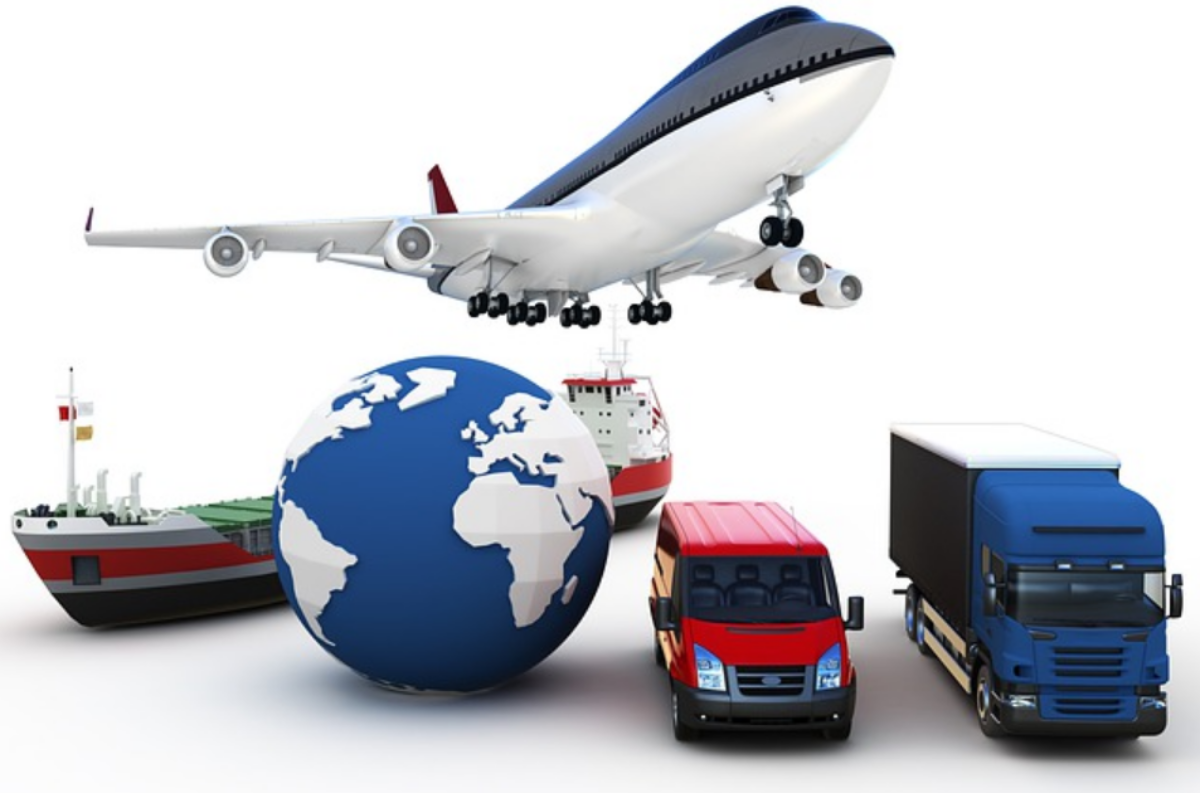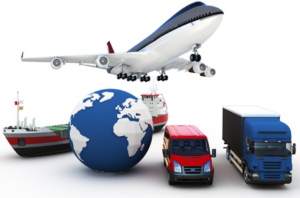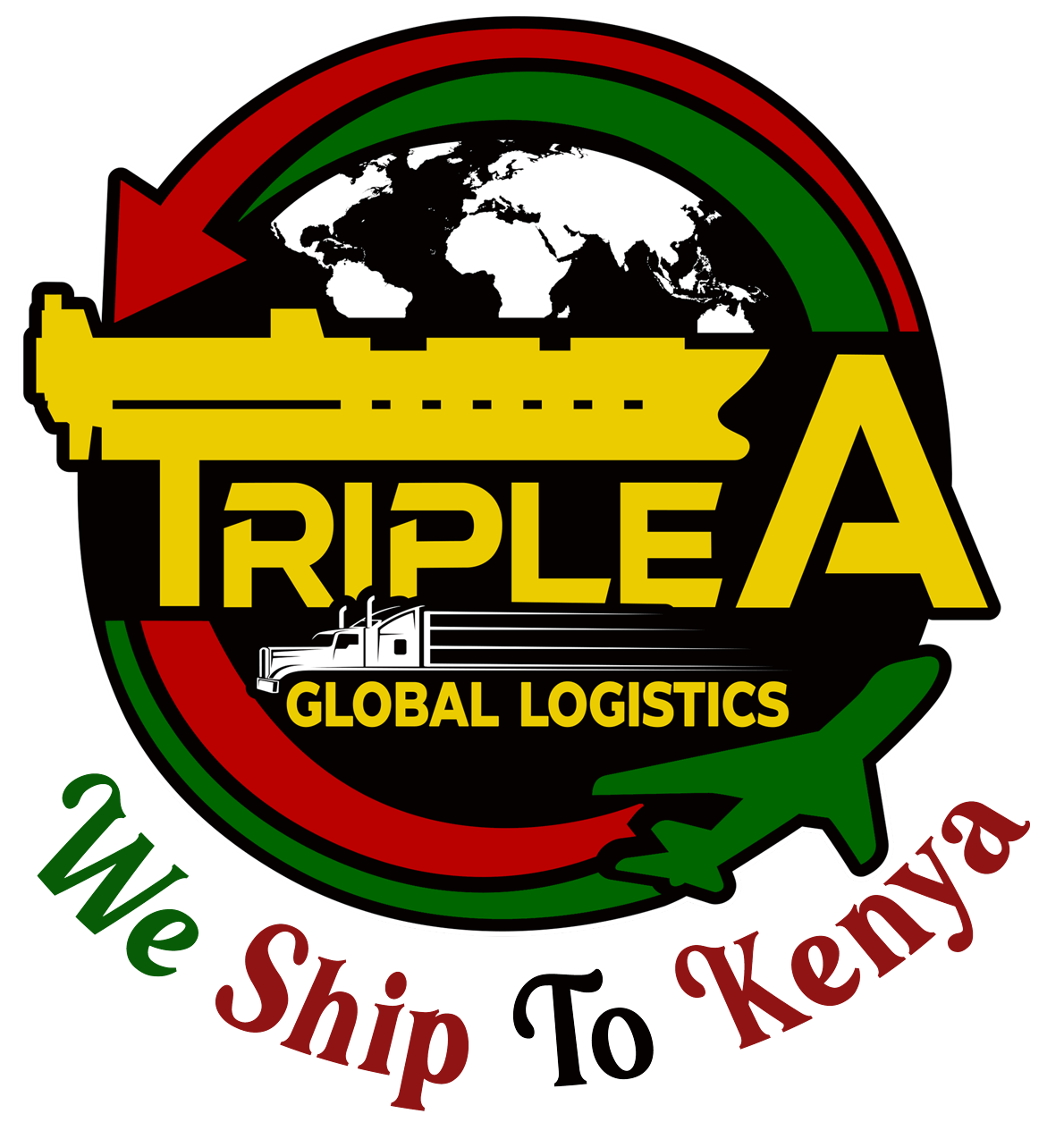Call Us:
+44(0)2039579445
+254 111 81 81 81
Mail Us:
info@tripleafreight.co.uk
Triple A

 The Industrial Revolution marked a significant leap in transport and logistics with the advent of railways and steamships. This period saw the rapid expansion of transport networks, making it possible to move large quantities of goods and people more efficiently than ever before.
The Industrial Revolution marked a significant leap in transport and logistics with the advent of railways and steamships. This period saw the rapid expansion of transport networks, making it possible to move large quantities of goods and people more efficiently than ever before. Major Airports
Major Airports
Comments
I’m really impressed together with your writing talents as neatly as with the format to your weblog. Is that this a paid subject or did you customize it your self? Anyway keep up the excellent high quality writing, it’s rare to look a great blog like this one nowadays!
Thank you for your sharing. I am worried that I lack creative ideas. It is your article that makes me full of hope. Thank you. But, I have a question, can you help me?
Can you be more specific about the content of your article? After reading it, I still have some doubts. Hope you can help me.